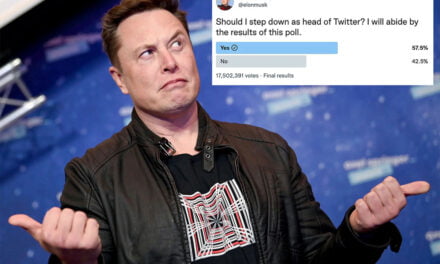According to sources, counterfeit goods are a $600 Billion per year industry. About 80% of us have handle counterfeit goods and about 10% of the total market for luxury goods are counterfeit.
Sometimes you can tell, your watch says Onega instead of Omega, and perhaps your Rolex isn’t quite as heavy as it should be. And sometimes you can just buy a label and slap it on whatever you have.
According to the article:
“In fact, the tour guide told me, it was a Turkish-made knockoff. Where the original boasts regular and robust stitching, the fake was glued together. The signature quilting was made of cardboard and cotton wool. At first sight, a Korean bag looked just like a Louis Vuitton; on closer examination, I noticed that the distinctive trefoils had been replaced by a circle and a bar, the LV logo by some superficially similar characters in Hangul, the Korean alphabet. Not a single element of the design matched the original, yet the overall effect was unmistakably “Vuitton”.”
Not really a fashion maven myself, so I find it to be amusing.
Spot the difference: the invincible business of counterfeit goods





